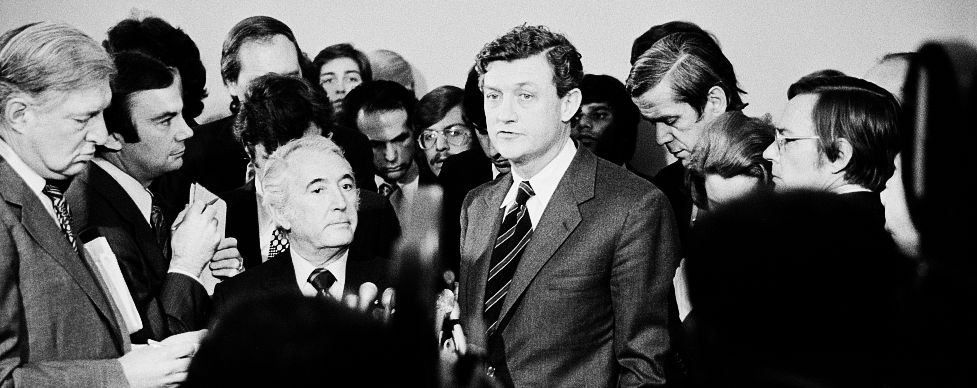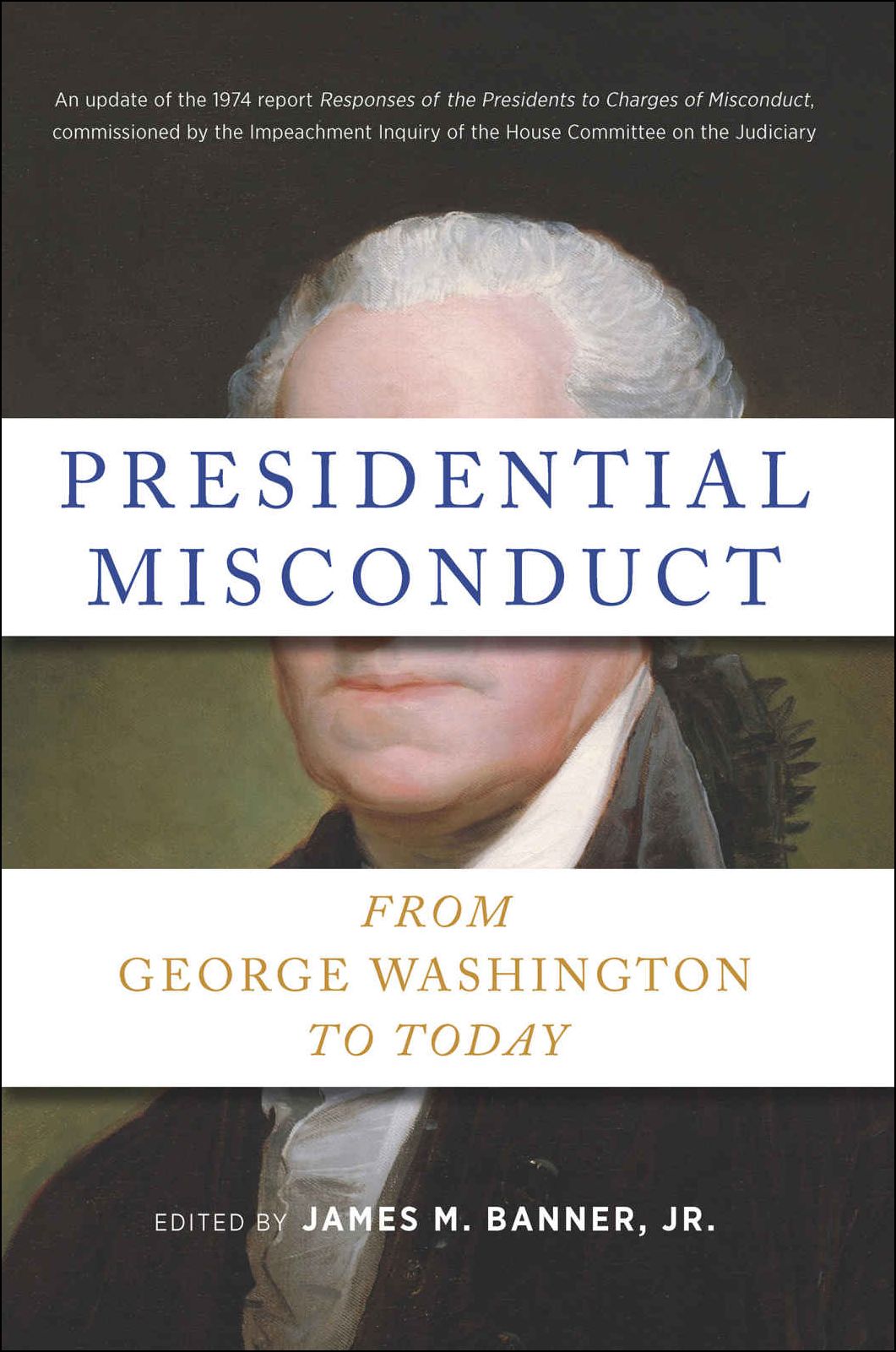Authors:
Historic Era: Era 10: Contemporary United States (1968 to the present)
Historic Theme:
Subject:
February/March 2021 | Volume 66, Issue 2


Authors:
Historic Era: Era 10: Contemporary United States (1968 to the present)
Historic Theme:
Subject:
February/March 2021 | Volume 66, Issue 2
In the early months of 1974, the House Judiciary Committee was navigating through unchartered waters as it investigated President Richard M. Nixon and members of his administration for illegal conduct relating to the Watergate break-in and its subsequent cover-up. Nothing like this inquiry had happened since the impeachment of Andrew Johnson in 1868.
The members and staff of the committee wanted to know what crimes or assaults against the law previous presidents or their administration had committed in the preceding 185 years. What had Congress done about them?

John Doar, special counsel to the committee’s impeachment inquiry, asked Yale historian C. Vann Woodward to assemble a group of historians to compile a comprehensive record of presidential misdeeds.
Doar wanted the essays to provide the historical context within which he and the committee members might assess the relative scale and nature of illegal acts with which the Nixon administration was charged. I participated in compiling that record as the author of essays about Thomas Jefferson, James Madison, and James Monroe.
Our report was eventually published as Responses of the Presidents to Charges of Misconduct. That title was slightly misleading, in that the book’s contents, the verbatim text of the report we eventually submitted to Doar, went beyond registering mere charges of misconduct, but grew into an unprecedented record of instances of actual executive branch malfeasance that had begun as early as the administration of George Washington and continued for nearly 200 years.

Because Nixon was in office at the time of the report’s submission to Doar, and because the full record of his administration’s activities could not then be fully known (and would not in fact be known for decades), the report ended with the administration of Lyndon B. Johnson. After all, it was intended to provide the record against which the Nixon administration, still in office, might be compared; it was not intended